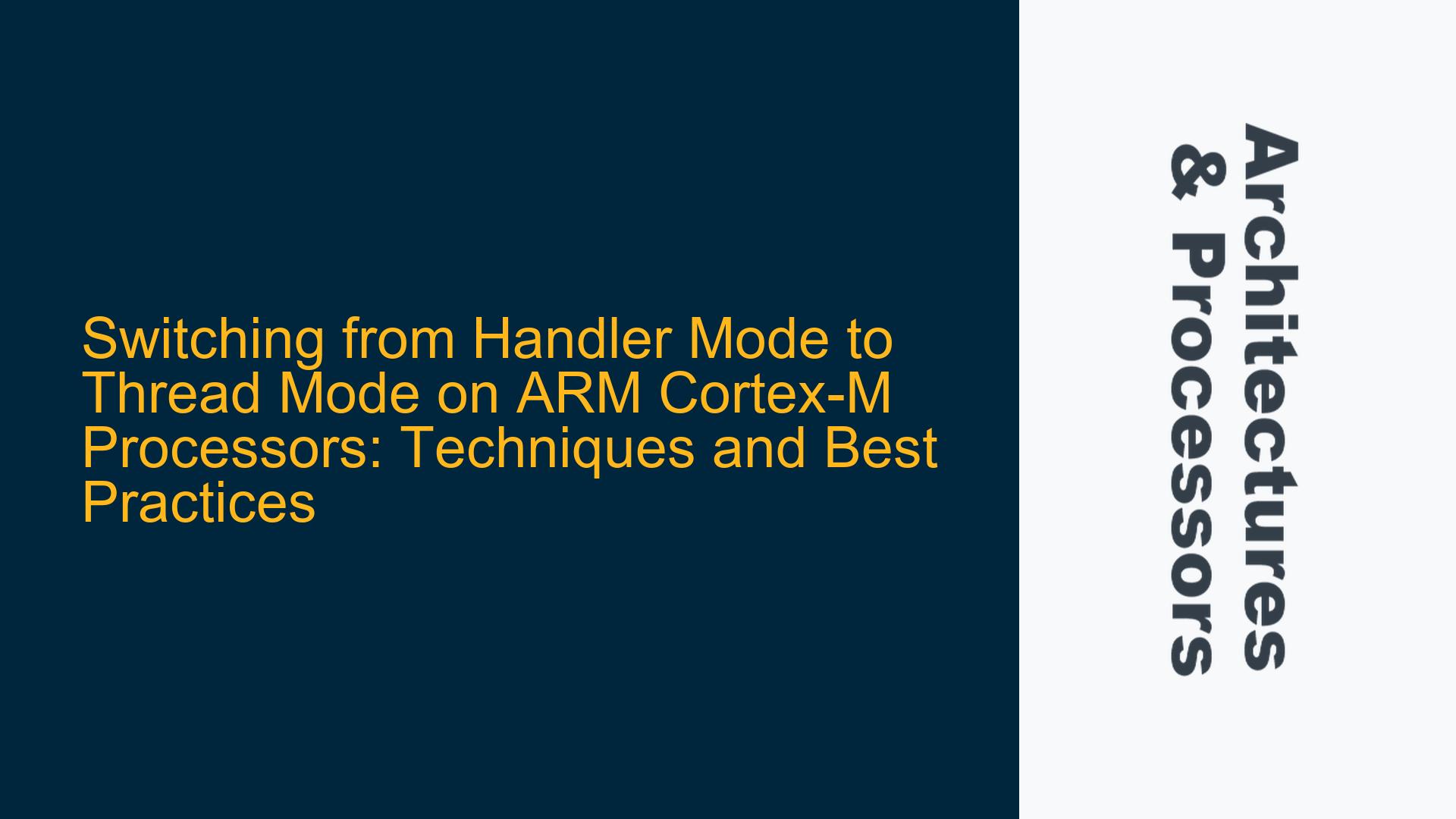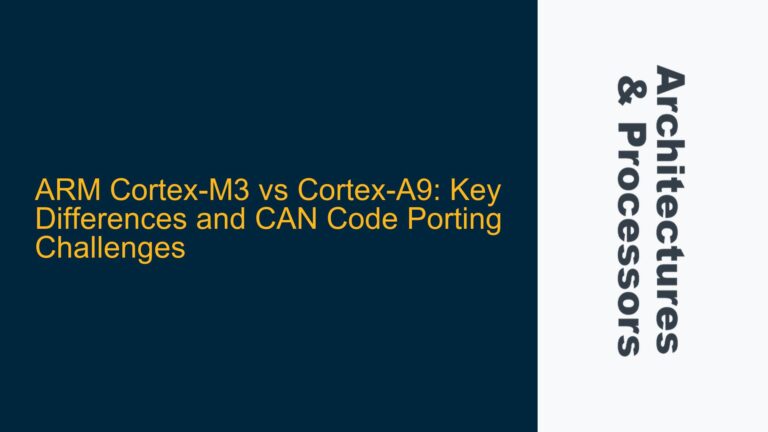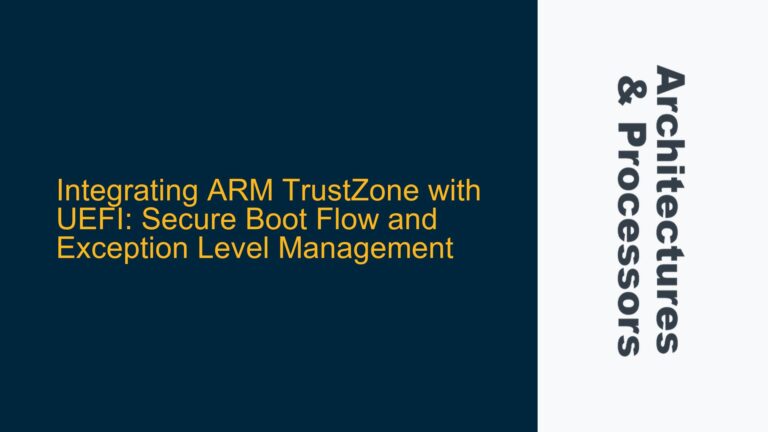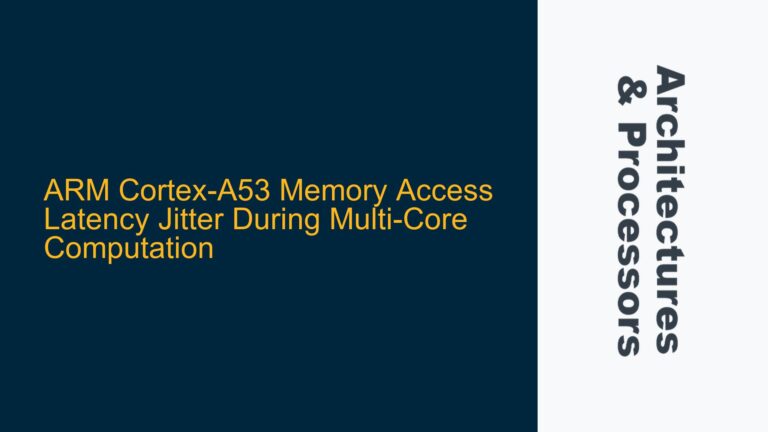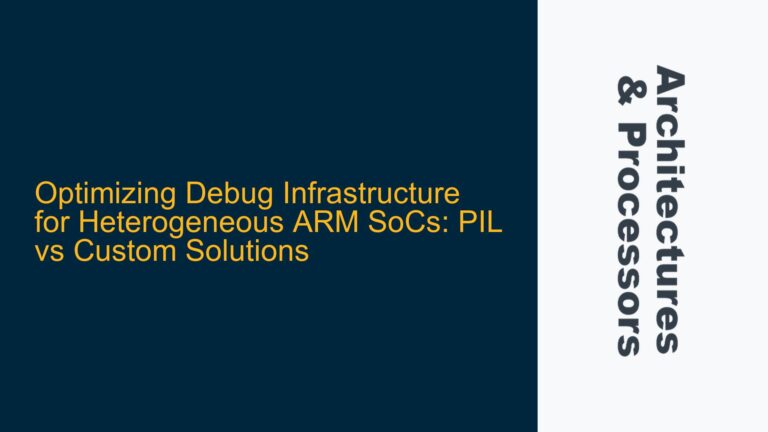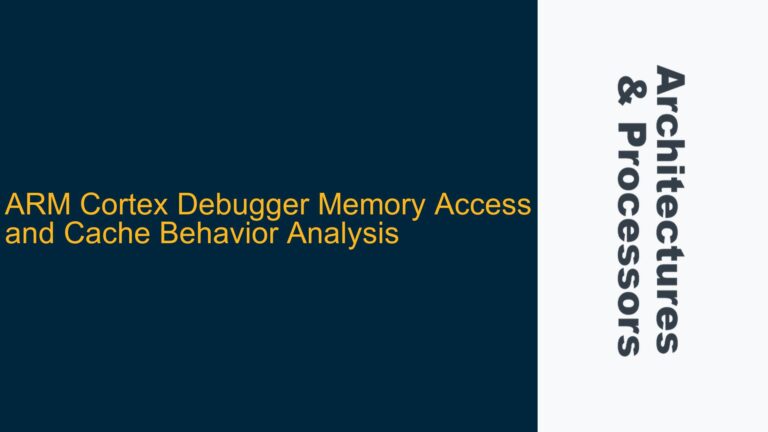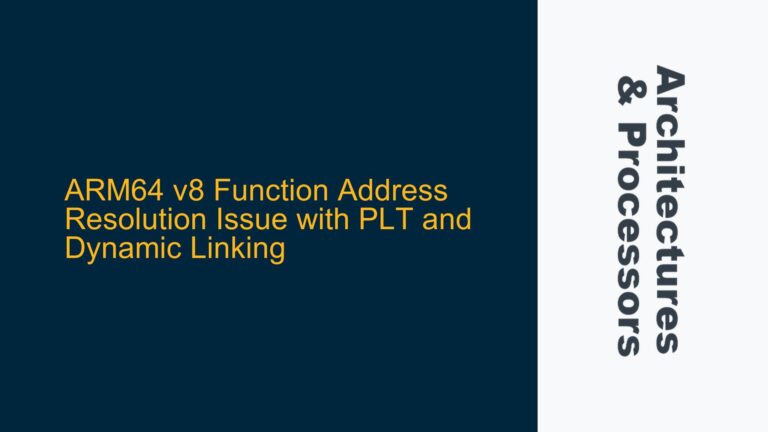Understanding the Transition from Handler Mode to Thread Mode in ARM Cortex-M Processors
The ARM Cortex-M series of processors, including the Cortex-M3 and Cortex-M7, are widely used in embedded systems due to their efficiency, low power consumption, and real-time capabilities. One of the key architectural features of these processors is the distinction between Handler Mode and Thread Mode. Handler Mode is entered when an exception or interrupt occurs, while Thread Mode is the normal operating mode for application code. Transitioning between these modes is a fundamental aspect of developing real-time operating systems (RTOS) and embedded applications.
In the context of developing a small RTOS, the need to switch from Handler Mode to Thread Mode arises when certain operations must be performed in Thread Mode, such as task scheduling or context switching. The ARM Cortex-M architecture provides specific mechanisms for transitioning between these modes, but understanding the nuances of these mechanisms is critical to ensuring reliable and efficient system operation.
The primary method for exiting Handler Mode and returning to Thread Mode involves the use of the Exception Return (EXC_RETURN) value. When an exception or interrupt is serviced, the processor automatically saves the context (registers, program counter, etc.) onto the stack. Upon completion of the exception handler, the processor uses the EXC_RETURN value to determine how to restore the context and return to the appropriate mode. However, this process is not always straightforward, especially when custom RTOS implementations or specific task management strategies are involved.
Challenges with Stack Management and Context Restoration During Mode Transition
One of the key challenges in transitioning from Handler Mode to Thread Mode lies in the management of the stack and the restoration of the processor context. The ARM Cortex-M processors use two stack pointers: the Main Stack Pointer (MSP) and the Process Stack Pointer (PSP). The MSP is typically used in Handler Mode, while the PSP is used in Thread Mode. When an exception occurs, the processor automatically switches to the MSP and saves the context onto the stack. Upon exiting the exception handler, the processor uses the EXC_RETURN value to determine which stack pointer to use for context restoration.
However, if the stack pointer or the values on the stack are modified during the exception handler, the context restoration process can be affected. For example, if the RTOS needs to switch to a different task or perform a context switch, it must carefully manage the stack pointers and ensure that the correct context is restored. Failure to do so can result in unpredictable behavior, such as incorrect program execution or system crashes.
In the case of short-lived tasks that are started by interrupts and share the same stack, the challenge is even greater. These tasks may not have a dedicated stack, and their context must be carefully managed to ensure that they can be restarted or terminated without affecting other tasks. This requires a deep understanding of the ARM Cortex-M stack management mechanisms and the ability to manipulate the stack pointers and context in a controlled manner.
Leveraging PendSV for Controlled Mode Transition and Task Management
To address the challenges of transitioning from Handler Mode to Thread Mode in an RTOS environment, the ARM Cortex-M architecture provides the Pendable Service Call (PendSV) exception. PendSV is a low-priority exception that can be used to defer context switching or other task management operations until higher-priority exceptions have been serviced. This makes PendSV an ideal mechanism for implementing task scheduling and context switching in an RTOS.
When an interrupt occurs, the RTOS can set the PendSV exception as pending and return from the interrupt handler. This allows the processor to service higher-priority interrupts before handling the PendSV exception. When the PendSV exception is finally serviced, the RTOS can perform the necessary context switching or task management operations in Thread Mode. This approach ensures that the transition from Handler Mode to Thread Mode is controlled and predictable, minimizing the risk of stack corruption or context errors.
The use of PendSV also simplifies the management of short-lived tasks that are started by interrupts. By deferring the task management operations to the PendSV handler, the RTOS can ensure that the tasks are properly initialized and terminated without interfering with the interrupt handling process. This is particularly important in systems where tasks share the same stack or where tasks are frequently started and stopped.
Implementing Data Synchronization Barriers and Cache Management
In addition to stack management and context restoration, another critical aspect of transitioning from Handler Mode to Thread Mode is ensuring data synchronization and cache coherency. The ARM Cortex-M7 processor, in particular, includes a cache that can introduce additional complexity when managing data between different modes. If the cache is not properly managed, it can lead to data inconsistencies or performance bottlenecks.
To address this, the ARM Cortex-M architecture provides Data Synchronization Barriers (DSB) and Instruction Synchronization Barriers (ISB). These barriers ensure that all memory accesses are completed before proceeding to the next instruction, preventing data inconsistencies caused by out-of-order execution or cache effects. When transitioning from Handler Mode to Thread Mode, it is important to use these barriers to ensure that all data modifications are visible to the processor and that the cache is in a consistent state.
For example, if the RTOS modifies the stack or other data structures in Handler Mode, it should issue a DSB instruction before returning to Thread Mode. This ensures that the modifications are written to memory and that the cache is updated accordingly. Similarly, if the RTOS modifies the program counter or other control registers, it should issue an ISB instruction to ensure that the changes take effect immediately.
Best Practices for Mode Transition in ARM Cortex-M RTOS Development
To summarize, transitioning from Handler Mode to Thread Mode in ARM Cortex-M processors requires careful management of the stack, context, and cache. The following best practices can help ensure reliable and efficient mode transitions in an RTOS environment:
-
Use PendSV for Task Management: Leverage the PendSV exception to defer context switching and task management operations until higher-priority interrupts have been serviced. This ensures that the transition from Handler Mode to Thread Mode is controlled and predictable.
-
Manage Stack Pointers Carefully: Ensure that the correct stack pointer (MSP or PSP) is used for context restoration when exiting Handler Mode. If the RTOS needs to switch tasks or modify the stack, it should carefully manage the stack pointers to avoid stack corruption or context errors.
-
Implement Data Synchronization Barriers: Use DSB and ISB instructions to ensure data synchronization and cache coherency when transitioning between modes. This is particularly important in systems with caches, such as the Cortex-M7.
-
Optimize Context Switching: Minimize the overhead of context switching by carefully managing the context saved on the stack. Only save and restore the registers that are necessary for the task, and avoid unnecessary modifications to the stack.
-
Test and Validate: Thoroughly test the RTOS implementation to ensure that mode transitions are handled correctly under all conditions. Use debugging tools and simulation environments to identify and resolve any issues related to stack management, context restoration, or cache coherency.
By following these best practices, developers can ensure that their RTOS implementations on ARM Cortex-M processors are reliable, efficient, and capable of handling the complexities of real-time task management and mode transitions.
